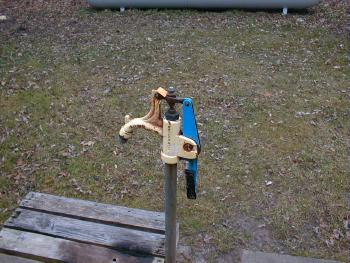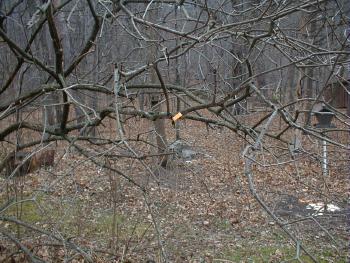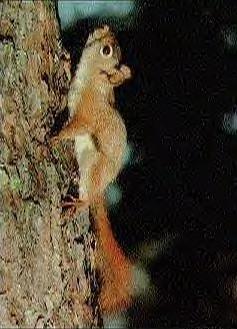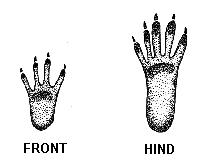|
Canku Ota - A Newsletter Celebrating Native America |
|
Canku Ota - A Newsletter Celebrating Native America |
Take A Guess
Paul Barry
 |
Cheezits Up A Pump ... Up A Tree This one should be rather simple. Just what do you think is happening here? I will tell you that this was not the work of a human being. Another hint, you can see the cracker supply in the background of the second. There were lots of cheezits "hidden" that morning. These were two of the more inventive places the cheezits were hidden. We laughed a lot while watching this. |
 |
Who did this very funny thing? |
|
Here is the culprit. A Red Squirrel |
 |
 |
|
Canku Ota is a free Newsletter celebrating Native America, its traditions and accomplishments . We do not provide subscriber or visitor names to anyone. Some articles presented in Canku Ota may contain copyright material. We have received appropriate permissions for republishing any articles. Material appearing here is distributed without profit or monetary gain to those who have expressed an interest. This is in accordance with Title 17 U.S.C. section 107. Canku Ota is a copyright of Vicki Lockard and Paul Barry.
|